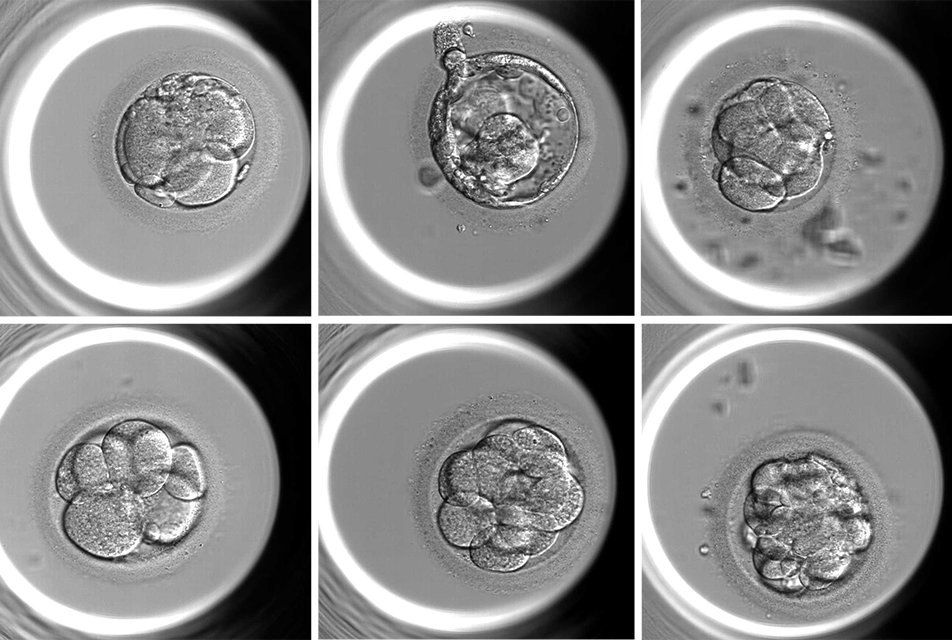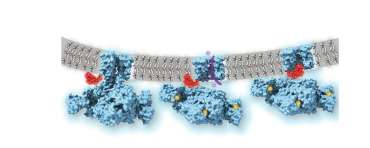A person’s bioenergetic clock ticks forward based on genetics, but having a healthy lifestyle—such as eating a plant-based diet and exercising—may help keep Alzheimer’s symptoms at bay. Credit: Shutterstock A person’s “bioenergetic age”—or how youthfully their cells generate energy—might be a key indicator of whether they’re at risk of developing Alzheimer’s disease, new research from Weill Cornell Medicine shows. The study,…









